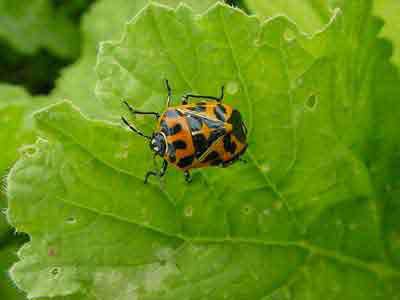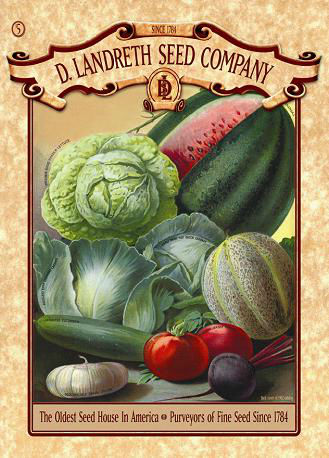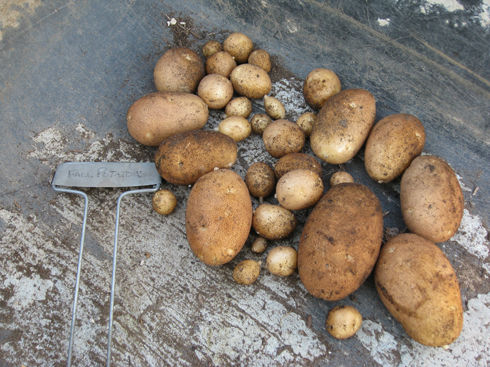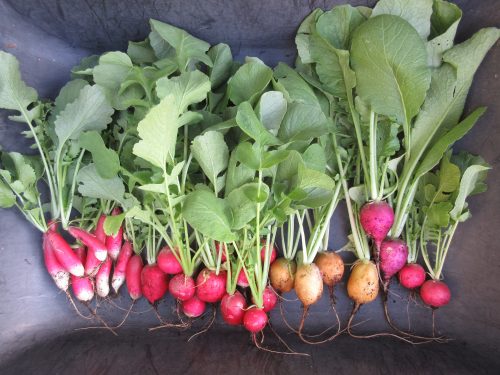They look kind of funny, maybe even cute, but harlequin bugs are no laughing matter. If left to their own devices, they’ll mutilate a plant within an inch of its life. They like brassicas – a lot – and this year they found my kale.
The Harlequin Bug (murgantia histrionica) is a True bug, and a stink bug – which you only find out when you squish one. They are black and orange and are often found connected to (A.K.A. mating with) another harlequin bug as they eat tiny holes in the leaves of cabbage family crops, sucking the life from them.
Click here to see a Harlequin bug in all its stages of life:
http://www.ces.ncsu.edu/chatham/ag/SustAg/harlequinbug.html
Their life cycle is between 50-80 days, and they tend to show up on fall or spring. Nymphs can’t fly, but adults can. Here are a few ways to control their nasty presence in your garden:
Diatomaceous Earth – this powder consists of crushed up, single-celled organisms from a billion years ago. Sprinkling it on insects will poke holes in them and dehydrate them. You must re-apply after rain or irrigation however, as it only works when dry. Harlequin bugs are clever and can move quickly to the underside of leaves out of your way, so work quickly.
Trap Crops – you can use your Brassica crops to trap bugs in a concentrated area. Throw a bag or tarp over the bug-infested plant and remove it. Farmers usually burn these trap crops.
Hand Picking – your best bet is to hand-pick the little buggers off and either dropping them into a cup of water or squishing them by hand. Be vigilant and check every day for new nymphs.
UPDATE: we’ve found the best way to catch them in large numbers is to get 2 buckets. Fill one bucket with about 2″ of water with a drop of two of dish soap (or spray Safe Soap on the surface), then hold the second bucket under the plant and shake the plant toward the bucket. The bugs will fall into the bucket by the dozens. Drop the bugs into the other bucket with soapy water and they will die quickly.





Thanks, Christy, I learned about these bugs for the first time from your newsletter, and then I shared this post at https://www.facebook.com/LateBloomerShow. It has already impacted one home gardener and she will be on the lookout. Thanks! Hope you stop by Late Bloomer Show soon. – Kaye
HI Kaye,
I’m so glad it’s helping. Yes, spread the word. We’ve got to be diligent on this one or all kale will be lost. 🙂
Pingback: Organic Edible Gardening | Bagrada Bugs on the Loose
Thanks for adding some clarity. In my earlier comment, I should not have said that they are the same. The confusion stems from the fact that many pest control sites, including universities and wikipedia, say that Harlequin is another name for the Bagrada bug. University of CA, Riverside does mention that another bug (Murgantia histrionica) here in the southwest, is also called Harlequin, even though they are different. We’re talking specifically about Harlequin bugs here in this post but it also can be applied to Bagrada bugs, since they behave the same – sucking the life out of cole crops and mating like mad. I am beginning to think that what we have going on this year is Bagrada, not Harlequin. The verdict is not yet in, but the solution is the same: squish, squish, squish!
Bagrada bugs (Bagrada cruciferarum)(Bagrada hilaris) and the Harlequin bug (Murgantia Histrionica)are NOT the same creature. Cousins, possibly, but not the same.
Hey Gardenerds, I got this from a friend recently. Seems we’re not alone in our problem. Harlequin bugs/ Bagrada bugs are the same:
Here’s information on a bug that seems to be infesting kale and other lettuce plants/seedlings in the community gardens. I want to share it with you It has been identified as the Bagrad Bug. Here are two links that have more information and photos of the bug:
http://cisr.ucr.edu/bagrada_bug.html
http://www.infonet-biovision.org/PlantHealth/Pests/Bagrada-bug
If you are having issuing with this bug in your garden here are some organic ways to combat them:
Monitoring
Regular monitoring of the crop is important to detect bagrada bug before they cause damage to the crop.
Research in Namibia has shown that control measurements should start if the number of bugs/m² in the early growing stage exceeds one. If the crop is past the early growing stage, a higher threshold level of three bugs/m² can be maintained (Keizer and Zuurbier). However, note that these thresholds are given as examples. Economic thresholds depend on many factors (crop stage, crop age, and socio-economic and climatic conditions) and cannot be adopted without taking into consideration local conditions.
Sanitation
Crop hygiene, in particular removal of old crops and destruction of weeds of the family Cruciferae prevents population build-up.
Hand picking
Handpicking and destruction of the bugs helps to reduce damage. This is particularly important in the early stages of the crop.
Cultivation
Eggs laid in the soil are readily killed by cultivation, so frequent light cultivation (once or twice a week) of the vegetable beds will help in controlling this pest (Keizer and Zuurbier; Horticultural Research Program, Botswana).
Irrigation
Watering and overhead irrigation disturb bugs discouraging them from feeding on the crop. However, note that use of sprinkler irrigation may lead to increase of diseases such as black rot and downy mildew.
Mixed cropping
Growing strong smelling plants such as garlic, onion or parsley near the crop are reported to reduce infestations (Dobson et al, 2002).
Biological pest control
Natural enemies
Eggs of Bagrada bugs are parasitised by tiny wasps. Bugs are parasitised by flies (e.g. Alophora sp.).
Biopesticides and physical methods
Plant extracts
A mixture of chili, soap, garlic and paraffin has shown to be an effective control method in trials in Namibia (Keizer and Zuurbier).
Natural products
In Namibia there are reports that sprinkling the plants with crushed Bagrada bugs repels other bugs. This can be used effectively in combination with frequent soil cultivation (Keizer and Zuurbier).
Soap solution
Spraying plants with a soapy solution (bar soap) has been found effective against Bagrada bugs. It helps to wash off young bugs (Dobson et al, 2002; Elwell and Maas, 1995)
Harlequin bugs lay their eggs on the underside of leaves, so if there is no foliage, they are less likely to persist. They might venture to a different area (mostly to other crops though) to find a new home.
Neem oil is meant to suffocate small, more stationary creatures like scale, and it is used to treat leaf miners and airborne fungi and diseases. I have seen some neem oil products that say they work on harlequin bugs – so it’s worth a try.
Yes, thanks for identifying them. Can they persist in a fallow bed over winter? What can I do to keep them from spreading to other beds? And will neem help to get rid of them?
Thank you. I have them in my garden, and have always wondered if they are “good” guys or “bad” guys. They are fast but I will try to swish them!
Christy, Thank you so much for this information. Unfortunately we have been victims of this nasty bug, but are looking forward to at least slowing them down. We’ve been hand-picking (yuk!) but have to be very vigilant.